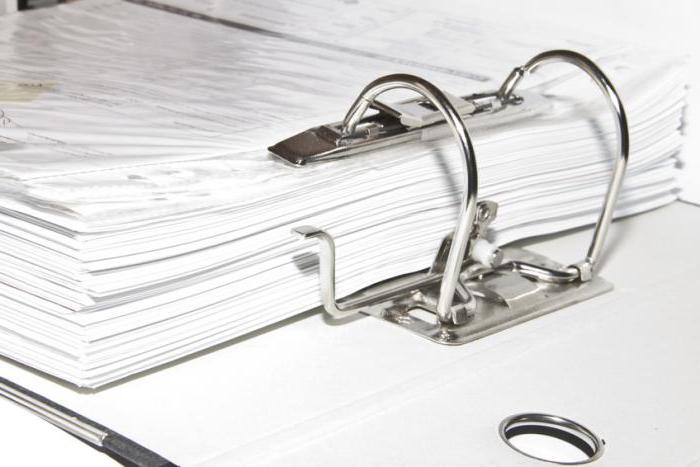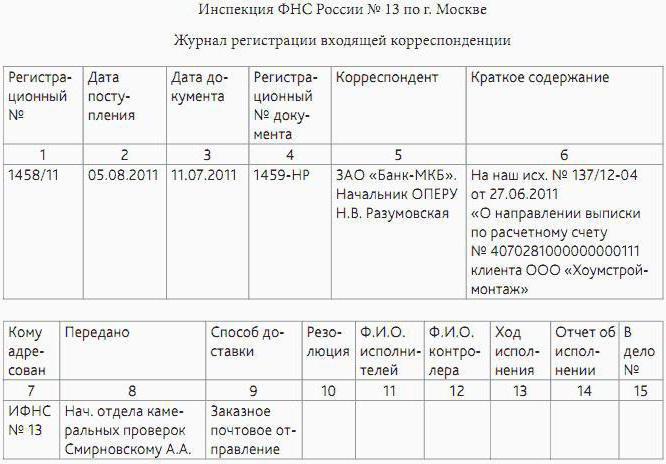Due to the fact that in everyday life we constantly encounter documents at work and at home, we want to devote further conversation to them. Let's find out what a document is and what types exist.
What is a document?
A document is information recorded on a tangible medium that has details that allow it to be identified. There are other definitions of this concept. So, we can say that a document is information stored by individuals and organizations as evidence of activities or obligations.

Document essence
Basically, all the available definitions of a document emphasize its informational nature (essence).
The Law on “Information, Information Technologies” states that information is the information provided, regardless of the forms and methods of their submission. And that means, having displayed in the document, we can save and transfer the available information to other persons, and also use it repeatedly.
A carrier of documented information is an object that is used to store and secure it in sound, speech, and visual form.
From the foregoing, we can conclude that the document is also an indispensable element of the internal work of any organization, institution, company, which ensures the interaction of individual units. Indeed, it is information that is the reason for making all managerial decisions, as well as proof of their implementation and material for further activities.
In the management sphere, a document is a work item, since any decision made is recorded in writing.

External signs of documents are characteristic features that reflect its size and shape, recording methods and design elements. Its author can be both an individual and a legal entity. Any working document, if properly executed, has legal force.
Details of documents
Paperwork is associated with the observance of all mandatory elements, which are called requisites. These include:
- title;
- addressee;
- the author;
- Date
- text;
- signature;
- resolution
- approval and approval.

It should be noted that different documents have completely different details. Their number depends on its goals and purpose. Many, for example, have a limited number of details. By the way, if at least one of them is indicated incorrectly, then the document is considered invalid.
Document Accounting
What documents are needed in the work? In the field of organization management, a variety of forms are used. It all depends on where and for what purpose you need to submit documents.
All of them do not exist by themselves, but are subject to strict systematization. In other words, any company keeps records of documentation. This is necessary, first of all, so that any information can always be easily and at the right time to find.
Personal and official documents
Documents have their own classification for various reasons. So, by origin they are personal and official.
- Personal are created outside the workplace. It can be correspondence, diary, notes.
- But official ones are documents of the organization, drawn up in a certain way and in the established form.
But in the group of official documents, personal ones are distinguished, for example: passport, diploma, certificate, residence permit, work book.
It is clear that official papers mainly take part in clerical work, most of which are management documents.With their help, management functions of the organization are realized: planning, financing, control, supply and accounting. 
Documentation Classification
According to the method of documenting information can be of a different nature:
- writing;
- textual
- handwritten;
- typewritten;
- electronic;
- fine.
This can be a video, audio, photo document, as well as white and draft. As you can see, there is a huge variety of them.
What documents are needed in management accounting? Everything. Many of them are present in any organization. It is impossible to get by using just one species. All of them are needed depending on the situation.

Incoming, outgoing and internal documents
Incoming, outgoing documents and internal - we all heard about such a classification. So, the totality of such papers forms the document flow of the entire organization. Incoming and outgoing securities are subject to strict accounting. They are recorded in the respective journals of incoming and outgoing correspondence.
By the number of issues raised, the documents are divided into simple and complex. In the first, only one question is raised, and in the others, a few.
Types of restrictions on access to securities
By availability, paper is defined as secret, unclassified and for general official use. Secret are marked with a special signature stamp. Their use requires special permission. And for work with other documents no tolerances are required. They are intended for employees of the organization.
The method of presentation of the text of the document
By the method of presentation, the documents are divided as follows:
- typical;
- screen;
- individual.

In individual papers, the presentation goes in its own style, as if from itself. Screen documents are issued according to a certain scheme using a set of standard phrases. The most common type of such paper is a questionnaire or certificate. As a rule, they are printed on ready-made forms, which then enter some data.
What documents are needed in daily work? Of course, typical. They are drawn up on the basis of a specific sample, and are used in similar situations. Templates are created that, if necessary, are taken as a basis, inserting only additional information. Very often you have to draw up some documents to obtain others, for example, in the tax service or in other instances.
Types of Authenticity Documents
By authenticity, documents are divided into originals, copies and duplicates. It is clear that the original is the first single instance. It is certified by a wet seal and signature.
The duplicate is a duplicate of the original, it is most often issued upon loss of the original document and also has legal force. But as for the copies, although they completely coincide with the original, they do not have any legal force.
Dividing documents by storage period and method of transfer
According to the shelf life, the documents are divided into papers of permanent, temporary (storage period up to ten years) and long-term storage (more than ten years).
And by the method of transmission, to telegrams, letters, faxes and messages (electronic).
Whatever you say, the documents have tightly entered our lives. Every day we are dealing with all kinds of papers. And no matter in what area we work, we always use documents to receive and transmit this or that information.








